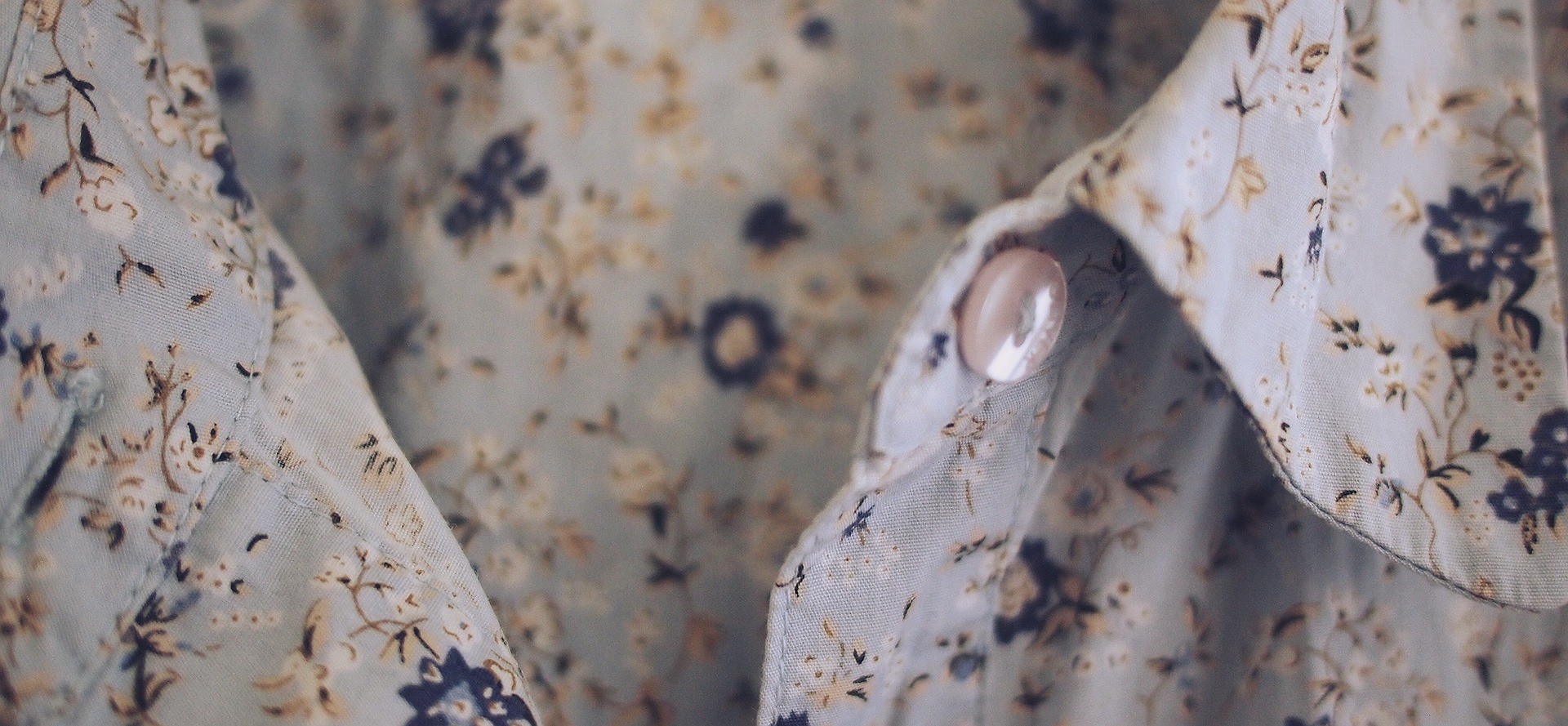Textiles have a long and fascinating history with great cultural significance. It’s a result of the creativity and ingenuity of humans that we can design our clothes from the most beautiful fabrics available to us today. Nowadays, textile production is at its peak, and we use different methods like knitting, weaving, felting, etc. Despite what methods we use, the base for the production is always dress material. Therefore, textiles play an integral role in defining the standards of fashion trends.
History of Textiles
Textile production belongs to the ancient time when people began to use plant and animal fibers to prepare dress material using their hands. It started with a primitive technique called weaving. It involved interlocking fiber threads and creating dress fabrics. Weaving was done on simple frame looms, and early examples of woven textiles are still available in archaeological sites. Another early method of fabric production was felting, which involved matting together fibers using moisture and pressure. This technique helped make blankets, hats, and boots.
With technical advancements, methods of producing dress fabrics also evolved. The spinning wheel was yet another discovery in the history of the textile industry that revolutionized the whole system. This system helped in the mass production of textiles and made them accessible to everyone. That’s how our dress fabrics have evolved over the centuries.
Role of Dress Fabrics in the Fashion Industry
Dress fabrics play a crucial role in the fashion industry. They are the raw materials that fashion designers use to create their designs. Therefore, they significantly impact the look and feel of a garment. Here are some of the crucial roles that dress fabrics play in the fashion industry:
Aesthetic Appeal: The choice of fabric can transform the look and feel of a garment. Dress fabrics are available in different textures, patterns, and colors, and designers carefully consider these options to achieve the desired aesthetic appeal.
Comfort: Dress fabrics define the comfort level of a garment. Designers choose dress materials based on how they feel against the skin, how breathable they are, and how they drape and move.
Usage: The type of fabric used in a garment defines its purpose and usage. For example, sportswear designers choose moisture-absorbing and breathable fabric to keep athletes comfortable during physical activity.
Sustainability: The fashion industry is now concerned about sustainability, and dress fabrics play a significant role in taking this planet towards a better future.
Dress fabrics also evolve with fashion trends. The fashion industry is always looking for new and innovative ways to create a buzz in the fashion industry. They always try to design exciting fabrics to help set their designs apart and make a statement.
Popular Dress Fabrics
Here are some popular dress fabrics that have been in fashion in recent years:
- Linen: Linen is a lightweight, breathable fabric, perfect for summer. It has a natural texture and is known for its wrinkles, which add character to any outfit.
- Denim: Denim is a durable, versatile fabric that has been in style for decades. It can be dressed up or down and is available in different shades.
- Velvet: Velvet is a luxurious fabric that has become popular again in recent years. It is soft to the touch and adds a touch of elegance to any outfit.
- Satin: Satin is a smooth, shiny fabric great for evening wear. It drapes beautifully and adds a touch of glamour to any outfit.
- Corduroy: Corduroy is a textured fabric that has been popular for decades. It is durable and comfortable and used for casual clothing.
- Tweed: Tweed is a classic fabric perfect for fall and winter. It is warm and durable and adds a touch of sophistication to any outfit.
Therefore, dress fabrics are a crucial component of the fashion industry, and their role goes beyond just providing the physical structure of a garment. They can help determine the look, feel, and overall aesthetic, as well as its functionality and durability.







Leave A Comment
You must be logged in to post a comment.